Section 1.1 Section 1.2 Section 1.3 - The Student Room
Section 1.1 Section 1.2 Section 1.3 - The Student Room
Section 1.1 Section 1.2 Section 1.3 - The Student Room
Create successful ePaper yourself
Turn your PDF publications into a flip-book with our unique Google optimized e-Paper software.
SECTION 12<br />
<strong>Section</strong> 12.4<br />
1 a Product: Cl<br />
2 a CH 3<br />
b<br />
Cl<br />
CHClCH 2 Cl<br />
b Reagents and conditions: Br 2<br />
; AlBr 3<br />
or Fe; reflux<br />
c Product: NO 2<br />
CH 3<br />
d Reactant:<br />
3 a Difference in electronegativity between I and Cl<br />
b<br />
I<br />
+ I Cl<br />
+ HCl<br />
e Product:<br />
H 3 C<br />
CH 3<br />
CH<br />
CH 3<br />
c As the molecule is permanently polarised, a catalyst is<br />
not needed.<br />
d– d+<br />
Cl—I<br />
d Formation of chlorobenzene requires a chlorine with a<br />
d+ charge.<br />
4 a NO 2<br />
f Product:<br />
O<br />
C CH 2 CH 3<br />
g Reagents and conditions: CH 3<br />
COCl; AlCl 3<br />
; reflux<br />
h Product: SO 2 OH<br />
b<br />
+ HNO 3<br />
c. H 2 SO 4<br />
< 55 ∞C<br />
+ H 2 O<br />
SO 2 OH<br />
+ H 2 SO 4 + H 2 O<br />
5 a <strong>The</strong> benzene ring is resistant to hydrogenation<br />
because this destroys the stable delocalised electron<br />
system. <strong>The</strong> reaction has a high activation enthalpy.<br />
6 a Electrophilic substitution<br />
b Electrophilic addition<br />
c Radical substitution<br />
d Radical addition<br />
<strong>Section</strong> 13.1<br />
1 a trichloromethane<br />
b 2-chloropropane<br />
c 1,1,1,–trichloro–2,2,2–trifluoroethane<br />
d 2–chloro–1,1,1–trifluoropropane<br />
e 2,2–dibromo–3–chlorobutane<br />
2 d<br />
Cl<br />
F<br />
4 a<br />
H<br />
b<br />
H Cl<br />
C C Cl<br />
H Cl<br />
F F H<br />
H C C C H<br />
e<br />
F<br />
Cl<br />
F<br />
F F H<br />
c Cl H H Br H<br />
H C C C C C H<br />
Br<br />
Br<br />
3 a CH 3<br />
CH 2<br />
CH 2<br />
Cl(l) + NaOH(aq)<br />
Æ CH 3<br />
CH 2<br />
CH 2<br />
OH(aq) + NaCl(aq)<br />
b <strong>The</strong> chlorine atom in 1-chloropropane has been<br />
replaced by a hydroxyl group, –OH.<br />
c XX<br />
–<br />
H<br />
X O X<br />
XX<br />
5 a D<br />
bA<br />
cA<br />
dE<br />
e<br />
Cl<br />
H<br />
OH<br />
H<br />
H<br />
H<br />
cyclohexanol<br />
195


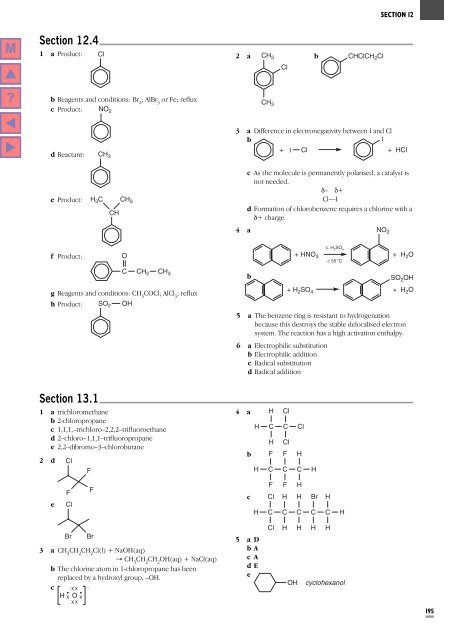
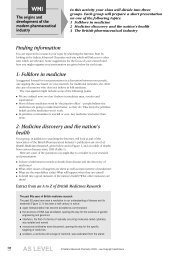
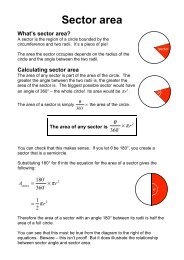
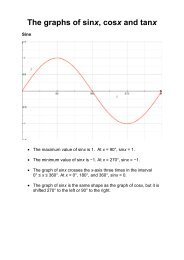
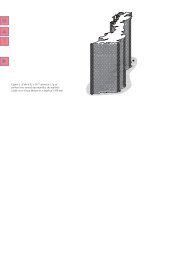

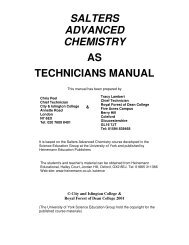


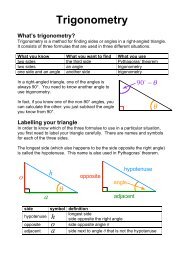
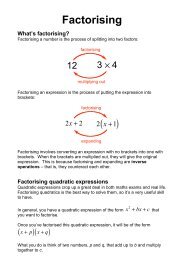
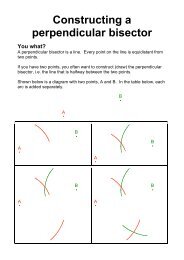

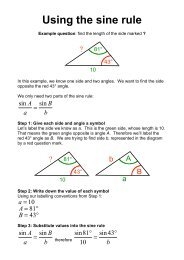
![ISI Web of Knowledge [v.4.10] - All Databases Results - Benjamin-Mills](https://img.yumpu.com/39253071/1/184x260/isi-web-of-knowledge-v410-all-databases-results-benjamin-mills.jpg?quality=85)